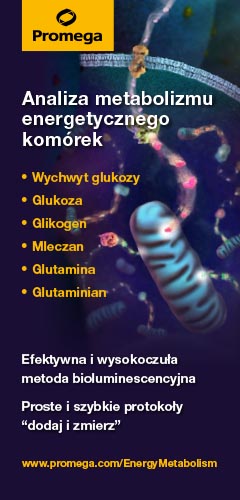The role of mitochondria as therapeutic targets in the treatment of pancreatic ductal adenocarcinoma: opportunities and challenges
DOI:
https://doi.org/10.18388/pb.2021_597Abstract
Pancreatic ductal adenocarcinoma (PDAC) is currently the fourth leading cause of cancer-related deaths worldwide. This is due to its complex microenvironment and high resistance to treatment. One of the key factors contributing to this resistance is the altered function of mitochondria in tumor cells, including high levels of oxidative phosphorylation (OXPHOS), a predominance of mitochondrial fusion processes, and increased autophagy, all of which are closely linked to cancer cell metabolism. The literature suggests three main therapeutic approaches: OXPHOS inhibition, modulation of mitochondrial dynamics, and autophagy suppression. Studies indicate that both reducing OXPHOS activity and inhibiting autophagy sensitize tumors to chemotherapy. Moreover, modulating mitochondrial dynamics effectively suppresses further tumor growth. Despite promising research on targeting mitochondria as a therapeutic strategy for PDAC, further studies are needed to determine the efficacy and safety of these approaches in humans.

Published
Issue
Section
License
Copyright (c) 2025 Julia Lis, Jakub Fichna, Aleksandra Tarasiuk-Zawadzka

This work is licensed under a Creative Commons Attribution 4.0 International License.
All journal contents are distributed under the Creative Commons Attribution-ShareAlike 4.0 International (CC BY-SA 4.0) license. Everybody may use the content following terms: Attribution — You must give appropriate credit, provide a link to the license, and indicate if changes were made, ShareAlike — If you remix, transform, or build upon the material, you must distribute your contributions under the same license as the original. There are no additional restrictions — You may not apply legal terms or technological measures that legally restrict others from doing anything the license permits.
Copyright for all published papers © stays with the authors.
Copyright for the journal: © Polish Biochemical Society.



